Why eBike Battery Safety Should Be Your Top Priority
Hello, I'm the founder and president of Scooteretti, and I care deeply about your safety. As both an eBike retailer and a member of the National Bicycle Dealers Association (NBDA) E-Bike Safety & Standards Panel, I’ve seen firsthand how important battery safety is. I want to have an honest conversation about why eBike battery safety should be your top priority. Electric bikes (eBikes) are a wonderful way to get around and are very safe when built properly and to specific standards. However, not all eBikes are created equal, and many on the market – especially in the Ottawa–Gatineau region and across Canada – do not meet crucial safety standards. In this post, I'll explain what to look for, what to avoid, and how to stay safe, all in a friendly but serious tone. Public safety comes first – business comes second.
eBikes Are Safe – If Built Right
Let me start with some reassurance: a quality eBike from a reputable brand is extremely safe. The scary battery-fire stories you might have seen in the news almost always involve low-quality, untested eBikes or batteries – often cheap imports or DIY kits. In contrast, major brands that invest in proper design and testing have an excellent safety record. E-bikes are very safe when they are built with proper engineering and tested to rigorous standards. I want every rider to enjoy the benefits of eBikes without worry, which is why it's so important to understand what "built right" really means. It all comes down to standards and quality control.
One key reason some eBikes are safer than others is that the best manufacturers voluntarily submit their products to independent safety certifications. The gold standard for eBike electrical safety is UL certification. You’ve probably seen the UL mark on household appliances – it means Underwriters Laboratories, an independent lab, has tested and certified the product for safety. In the eBike world, the two most important UL standards are UL 2849 and UL 2271. What do those numbers mean? Let's break it down in plain language.
Understanding UL 2849 and UL 2271 (Safety Standards Explained)

UL 2849 is the safety standard for an eBike’s entire electrical system. This standard, introduced in 2020, covers everything electrical on the bike – the battery, the motor, the charger, wiring, and how they all work together. An eBike certified to UL 2849 has gone through rigorous tests for electrical and fire safety under many scenarios (charging, discharging, vibration, overheating, etc.). It’s a holistic, top-to-bottom safety check of the whole eBike system. The National Bicycle Dealers Association strongly supports UL 2849 because “it’s the only way to ensure the whole system has been inspected”. In other words, UL 2849 certification gives you confidence that every electrical component on the bike works safely together.
UL 2271 is the safety standard focused specifically on the battery pack used in light electric vehicles (including eBikes). It tests the battery pack’s design and ensures it can withstand abuse like overcharging, short-circuiting, overheating, vibration, and other potential hazards. If an eBike’s battery is certified to UL 2271, it means the battery pack itself has been rigorously evaluated for safety. However, UL 2271 alone is not enough – it’s possible to have a safe battery pack but still have issues if the rest of the system (the charger, controller, wiring) is poorly designed. That’s why UL 2849 (the full-system standard) is ideal, encompassing the battery and the other electrical components. To put it simply: UL 2271 = safe battery pack; UL 2849 = safe entire eBike system.
Now, here’s the important part: Neither UL 2849 nor UL 2271 is currently required by law in Canada. There is no government regulation yet mandating these certifications, which means many eBikes are being sold without ever being tested to these standards. This lack of regulation is why I’m writing this – to empower you, the consumer, to know what to look for. It might surprise you, but many e-bikes on the market do not meet UL safety standards. In fact, some very popular eBike brands in Canada still aren’t UL certified as of today. As a responsible retailer, I find that concerning. It means the burden falls on us (retailers and riders) to raise the bar for safety. So let's talk about how some sellers might try to gloss over this, and what you need to watch out for.
Don’t Be Fooled by Misleading Battery Claims
One common issue I see is misleading marketing around battery safety. You might hear a seller say something like, “Our eBike uses Samsung battery cells, so it’s safe,” or claim that their batteries are “certified” because the individual cells are from a reputable brand. We hear it all the time – companies boasting that the cells inside their battery came from a major manufacturer, “so they are safe.” But a cell is not a complete battery pack, and this is where the problems starts. Let me explain.
A typical eBike battery pack contains dozens of individual lithium-ion cells (often 30-50 cells or more) wired together. Those cells could indeed be high-quality cells from Samsung, LG, Panasonic, etc. However, the safety of the pack depends on much more than just the cells. The cells must be properly arranged and spaced, kept at safe operating temperatures, and monitored by electronics. If the battery pack is poorly assembled – even with good cells – it can still be dangerous. The materials and engineering of the pack make a huge difference: the casing that holds the cells, the quality of the wiring and soldering, the insulation between cells, the connectors, and most importantly the BMS (Battery Management System) that controls charging and discharging. A cheap BMS or sloppy wiring can turn even good cells into a hazard.
High-quality eBike batteries (like those from Bosch) feature robust construction and safety mechanisms to prevent failures. In the image above, you can see the inside of a Bosch eBike battery pack with safety features: each lithium cell is encased in flame-retardant material and physically separated to prevent overheating, there’s a sophisticated BMS board managing the battery, and the entire pack is sealed to protect against water and dust ingress. This level of engineering and quality control significantly reduces the risk of fires or malfunctions. Cheaper battery packs often lack these safeguards – for example, they might have minimal separation between cells, thinner wiring, or an uncertified BMS – which can lead to short circuits, thermal runaway, or other failures.
The takeaway here is don’t be fooled by a seller who only talks about the brand of the cells. A safe eBike battery is about the whole package, not just the name on a cell. I’ve seen batteries with name-brand cells that still had terrible construction – loose wires, weak housings, no proper cooling or ventilation, and junk BMS boards that can’t reliably prevent overcharging. On the flip side, a truly safe battery pack is assembled in a state-of-the-art facility (often automated for precision) and uses high-grade components throughout. That’s why full UL certification is so important – it tests the entire pack and system, not just the cells. Sellers who point to having “UL-listed cells” but can’t show you a UL certification for the whole battery or bike are missing the point (and possibly trying to mislead you).
The Risks of Poor Battery Pack Assembly
What can actually go wrong with a poorly made battery? In short: fire and failure. Lithium-ion batteries store a lot of energy, and if that energy is released uncontrollably, the results can be catastrophic. There is nothing scarier than a lithium battery catching fire in your home when you and your family are sleeping, or an eBike battery malfunctioning while you’re out on a ride. I don’t say this to scare you away from eBikes – remember, a properly made eBike is very safe – but to underscore why we need to take this seriously.
A badly assembled battery pack might have weak insulation or separators, meaning the cells can rub or short against each other. It might use a cheap or misconfigured BMS that fails to stop overcharging or doesn’t balance the cells correctly. It could have faulty wiring or connectors that overheat under normal use. Any of these flaws can lead to a cell overheating or getting damaged. In a worst-case scenario, a single cell can go into thermal runaway (essentially a battery fire), and that can spread to the rest of the pack. These incidents are rare, but when they happen, they tend to involve off-brand or uncertified batteries. The New York City Fire Department and other agencies have traced many fires to uncertified e-mobility devices and aftermarket batteries – so much so that New York City passed new laws to enforce UL certification on eBikes and eScooters in 2023.
Here in Canada, we thankfully haven’t seen the same volume of incidents, and I want to keep it that way by advocating for safer products. The harsh reality is that too many eBike makers and sellers jumped into the booming market without prioritizing safety. Some do it to save money; others might fear their product wouldn’t pass a UL test, so they don’t even try. These companies cut corners, and as a result, they’re putting consumers at risk. What’s more, because there’s currently little regulatory oversight, it’s easy for importers to bring in potentially unsafe eBikes and sell them without anyone checking for compliance. This is why consumer education is critical. I don’t want to see anyone get hurt or have their property damaged because they bought an eBike with a subpar battery.
So what can we do about it? The good news is that awareness is growing. Organizations like UL, the CPSC (Consumer Product Safety Commission in the U.S.), and the NBDA are all pushing hard to improve eBike safety. The CPSC has even warned manufacturers and retailers that selling non-compliant eBikes may be considered an unreasonable risk. More and more reputable brands are getting their bikes certified. This is positive progress, but until we have stronger regulations or 100% industry compliance, the power is in your hands as the consumer to demand safety.
How to Protect Yourself: What to Look For in a Safe eBike

I want to empower you with a few practical tips. Whether you’re shopping for your first eBike or advising a friend, keep these points in mind. Your safety (and your family’s safety) is worth a little extra diligence.
-
Look for UL 2849 / UL 2271 Certification: Don’t hesitate to ask: Is this eBike certified to UL 2849 (for the whole system) or at least UL 2271 (for the battery pack)? Ask to see the documentation or labels. A trustworthy retailer should be happy to show you. Often, the eBike or its battery will have a UL certification mark if it’s certified – for example, Bosch eBike batteries carry a UL sticker as proof. If a seller only talks in circles (“Don’t worry, it uses UL-listed parts”) but can’t produce a certificate or UL mark, consider that a red flag.
-
Buy from Trusted, Knowledgeable Retailers: Purchase your eBike from a retailer who knows about these safety standards. Ask them what they know about UL 2849 or 2271. A knowledgeable retailer will be able to explain how their products comply with safety standards. Work with someone who values your safety and has done the homework. In Ottawa–Gatineau (and anywhere, really), seek out established eBike shops or dealers who have a reputation for quality. They’re more likely to carry brands that invest in proper certification. Remember, a lower-end seller might not even be aware of these standards – or worse, might ignore them to cut costs. Your life isn’t worth saving a few bucks on a bargain eBike.
-
Do a Bit of Research on the Brand: If you’re eyeing a specific eBike, take a moment to check the brand’s website or ask online communities about it. Are they open about safety testing and certifications? Many major brands advertise that they passed UL standards – and for good reason, it’s a selling point for a safe product. If you can’t find any mention of UL certification or safety testing, that could be a sign the product isn’t certified. Also, beware of vague claims like “built to high safety standards” without specifics. The exact phrases “UL 2271” or “UL 2849” are what you want to see.
- Inspect and Use Your eBike Safely: Once you have a safe, certified eBike, keep safety in mind during use. Always use the charger that came with your eBike, and follow proper charging practices (for example, don’t leave the battery charging unattended overnight in an enclosed space). Even the best battery can be stressed by improper use. Treat your battery with respect: if you drop your eBike or damage the battery case, get it inspected before using it again. These are common-sense tips whether or not your eBike is UL certified, but they add an extra layer of safety. (For more on safe charging and battery care, see resources like the National Fire Protection Association’s guidelines or PeopleForBikes’ eBike battery safety guide.)
By following these steps, you can dramatically reduce the risks and enjoy your eBike with peace of mind. The bottom line: insist on safety certification and don’t be afraid to ask questions. If a retailer makes you feel silly for asking about UL standards, you’re probably in the wrong store!
Scooteretti’s Commitment to Safety and UL-Certified eBikes
As the founder of Scooteretti, I want to lead by example. From day one, our philosophy has been safety first – for our customers, our staff, and our community. This is why we only carry eBikes that meet the highest safety standards. In fact, every single eBike model we sell is Bosch-powered and certified to UL 2849. That’s not an easy restriction to impose on ourselves – it means we won’t carry certain popular brands if they don’t meet the standard. But I firmly believe it’s the right thing to do. I refuse to compromise on our customers’ safety.

When you walk into our Ottawa store (or browse our catalog online), you can rest assured that every eBike battery we sell is certified to UL standards. We have documentation on file for each model, and we’ll happily show you proof of certification. We do this because we want you to ride with confidence. As a member of the NBDA E-Bike Safety & Standards Panel, I’m also actively working with others in the industry to raise safety awareness and push for broader adoption of UL standards. My hope is that in a few years, all eBikes sold in Canada will have to meet these safety benchmarks – but we’re not waiting for regulations to catch up. We’re taking action now.
I’d like to emphasize that this isn’t about selling you a bike – it’s about keeping you and your loved ones safe. Even if you never buy from Scooteretti, I hope you take away this message: Make battery safety your top priority when choosing an eBike. It could literally be a life-saver. EBikes offer tremendous benefits – they’re fun, efficient, eco-friendly – and when built right, they’re very safe. By being informed and selective, you ensure those benefits aren’t overshadowed by unnecessary risks.
Conclusion: Safety First, Always
At the end of the day, I write this as a concerned eBike enthusiast, retailer, and fellow rider. I love seeing more people embrace electric bikes, whether for commuting, fitness, or just the joy of riding. My goal is simply to make sure every rider can enjoy their eBike safely. Battery safety might not be the flashiest topic, but it is one of the most important. So please, take it seriously. Ask the tough questions, choose certified products, and spread the word to others.
When you prioritize battery safety, you’re not just protecting yourself – you’re also helping push the whole industry toward higher standards. That means fewer accidents, more trust in eBikes, and a healthier growth of this amazing mode of transportation. If you have any questions about eBike battery safety or want to see what a certified eBike looks like, feel free to reach out or visit us at Scooteretti. We’re always here to help and educate, no strings attached.
Thank you for reading, and ride safe!
– Will
Sources:
- ClimateAction Center – Ebike Battery Fire Safety climateaction.center
- Bicycle Retailer – Industry News on UL Standards (Feb 2023) bicycleretailer.com
- Scooteretti Blog – “UL2849 For e-Bike Safety – What Consumers MUST Know!” scooteretti.com
- Scooteretti (Website) – Safety Certifications of Bosch eBikes scooteretti.com
- Scooteretti Blog – NBDA & UL 2849 Importance scooteretti.com
- UL Standards & Engagement – Descriptions of UL 2271 and UL 2849 climateaction.center
About the Author

William Leishman
Founder & President, Scooteretti
William Leishman is the Founder of Scooteretti, one of Canada’s leading electric bicycle retailers, and a recognized authority in the eBike industry since 2010. As a member of the National Bicycle Dealers Association (NBDA) Advisory Board for eBike Safety, William plays a key role in shaping best practices and safety standards across North America. Frequently featured on television, radio, print, and digital media, he has become a trusted voice for consumers and industry professionals alike. With over a decade of hands-on experience and thought leadership, William brings unparalleled expertise and passion to advancing the adoption and safe use of electric bicycles.


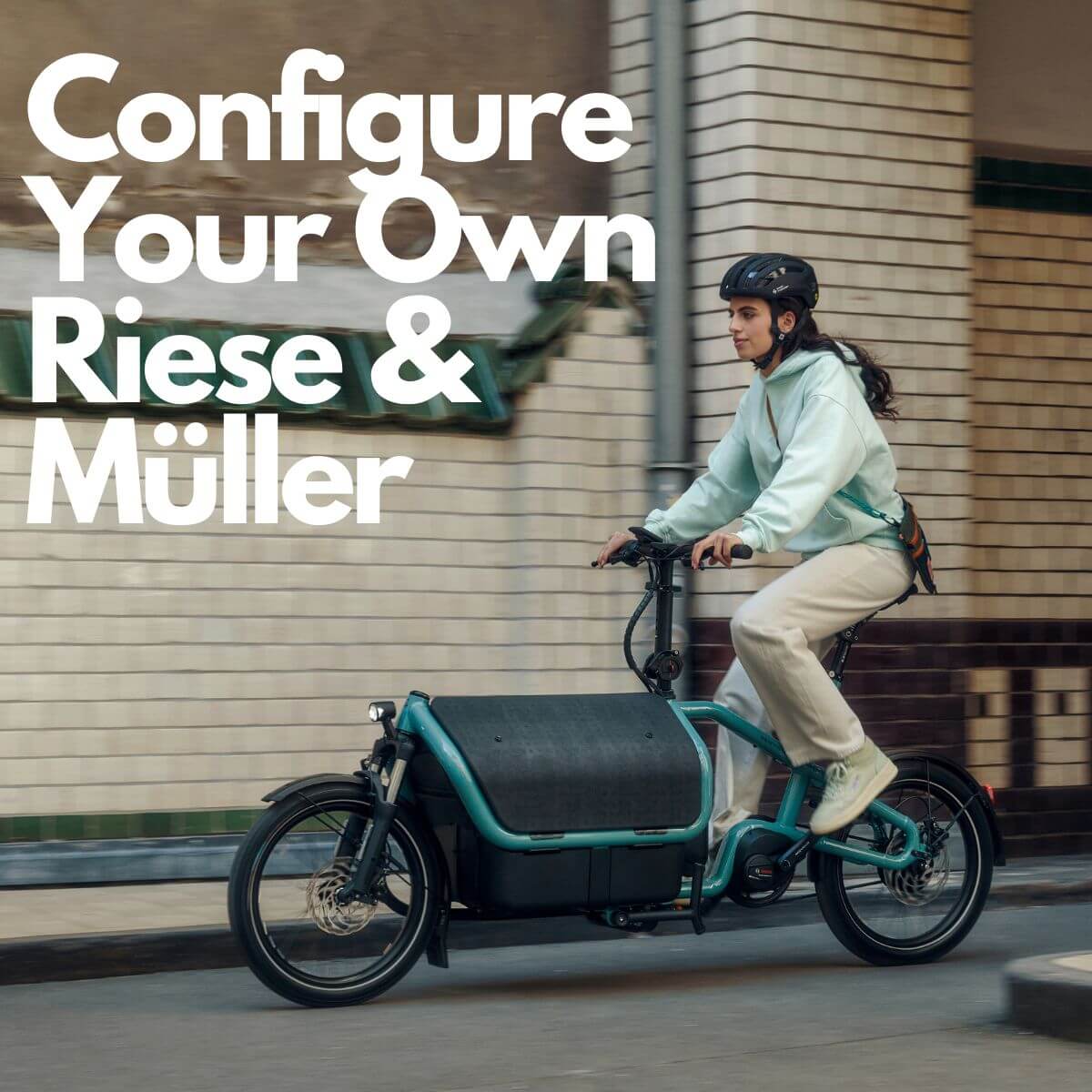
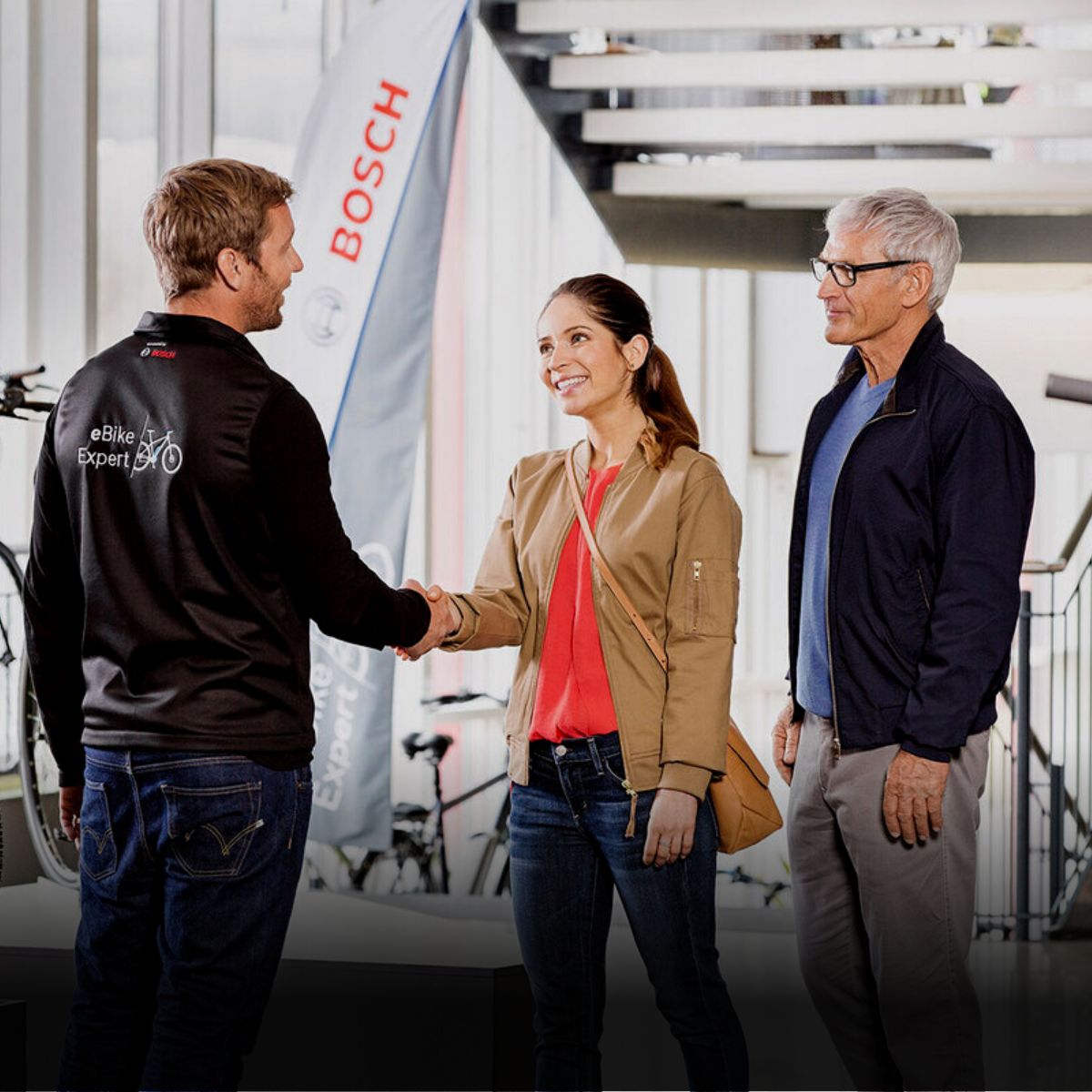
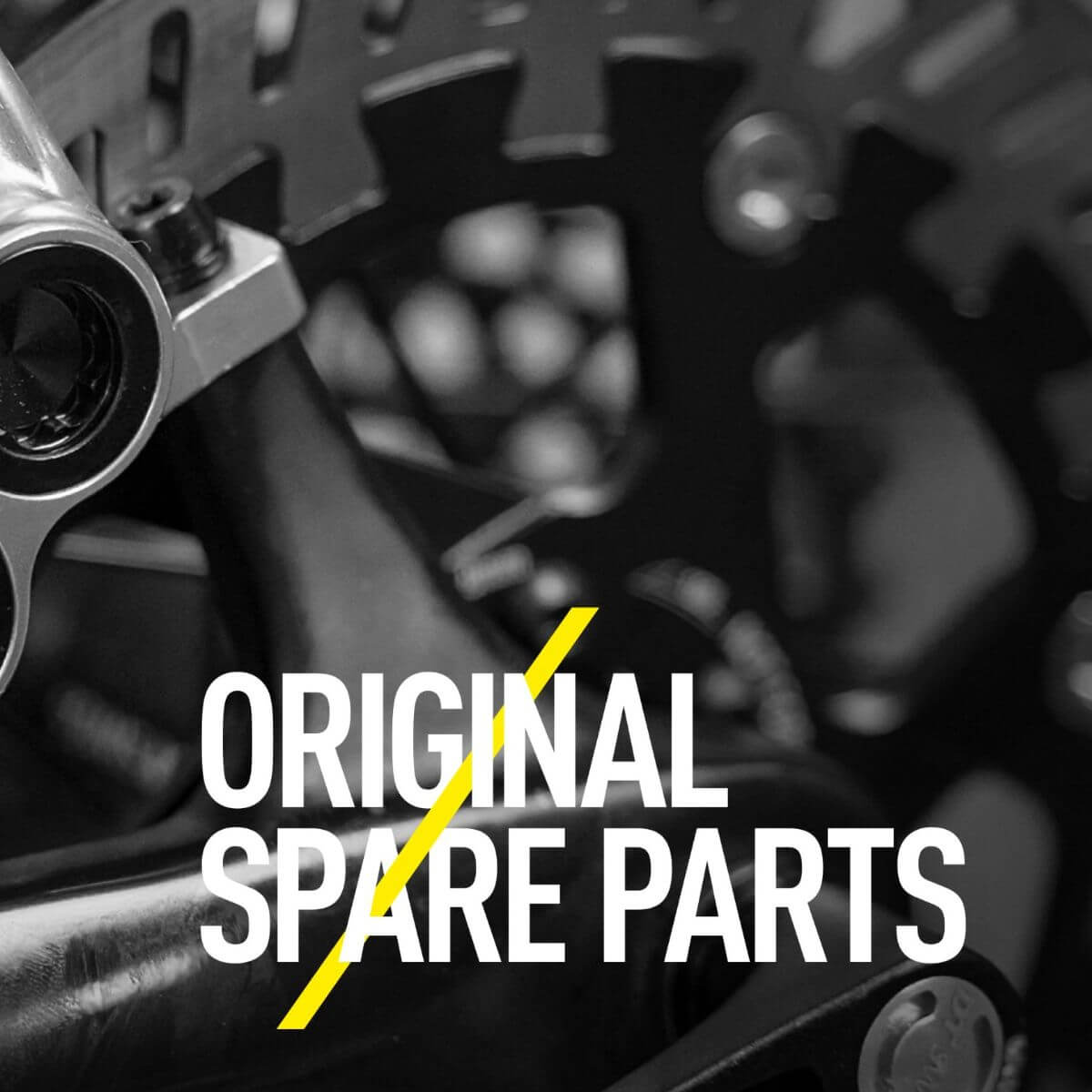
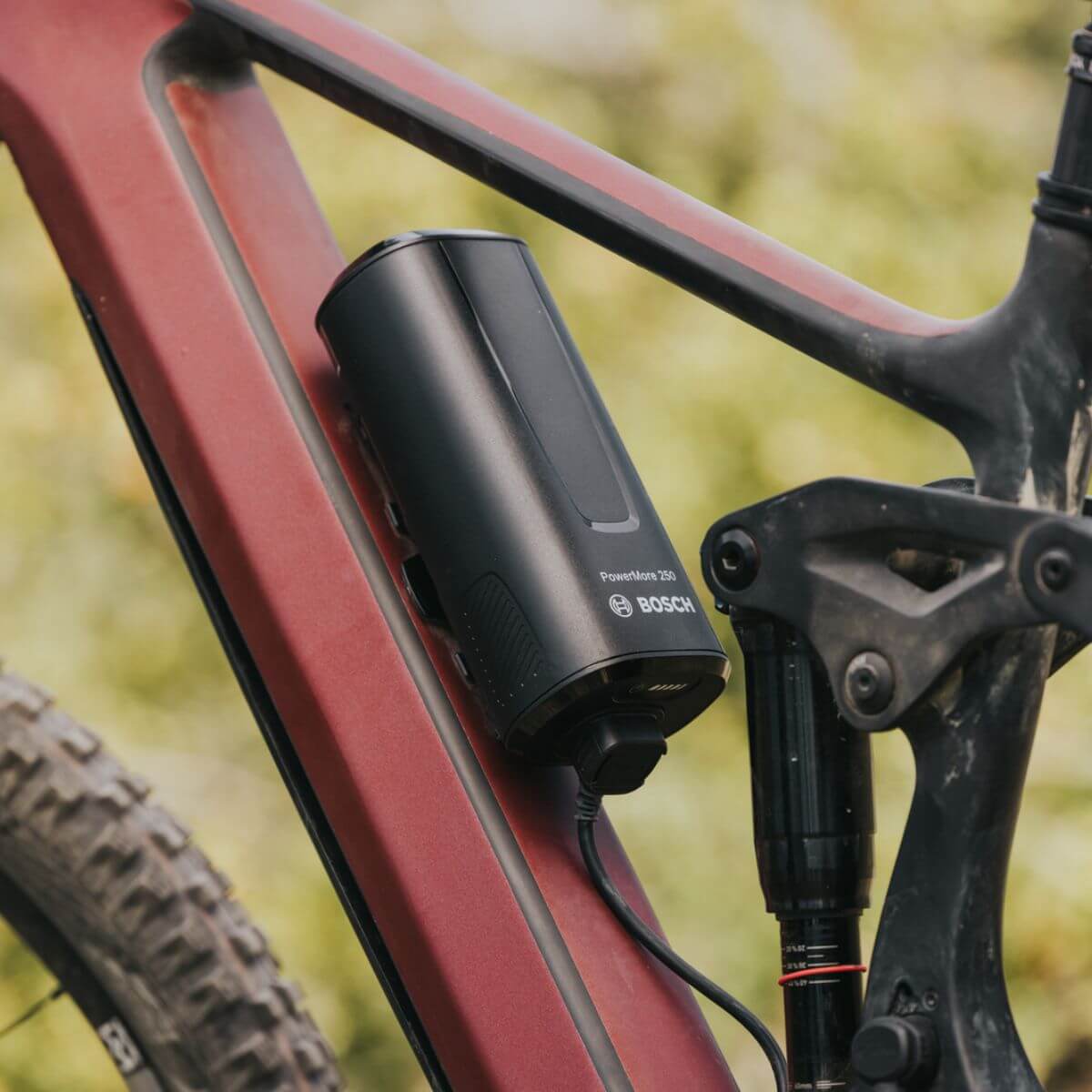
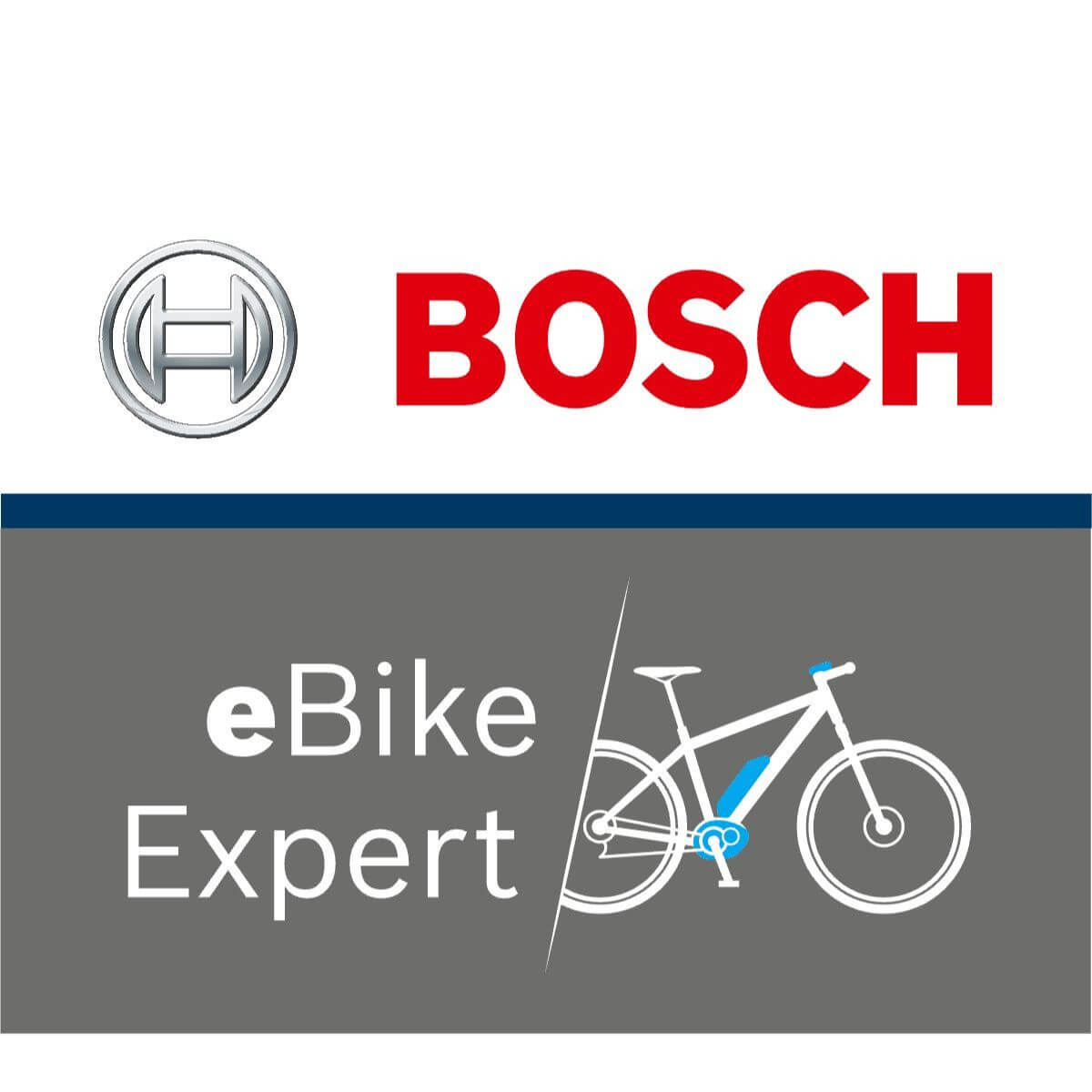
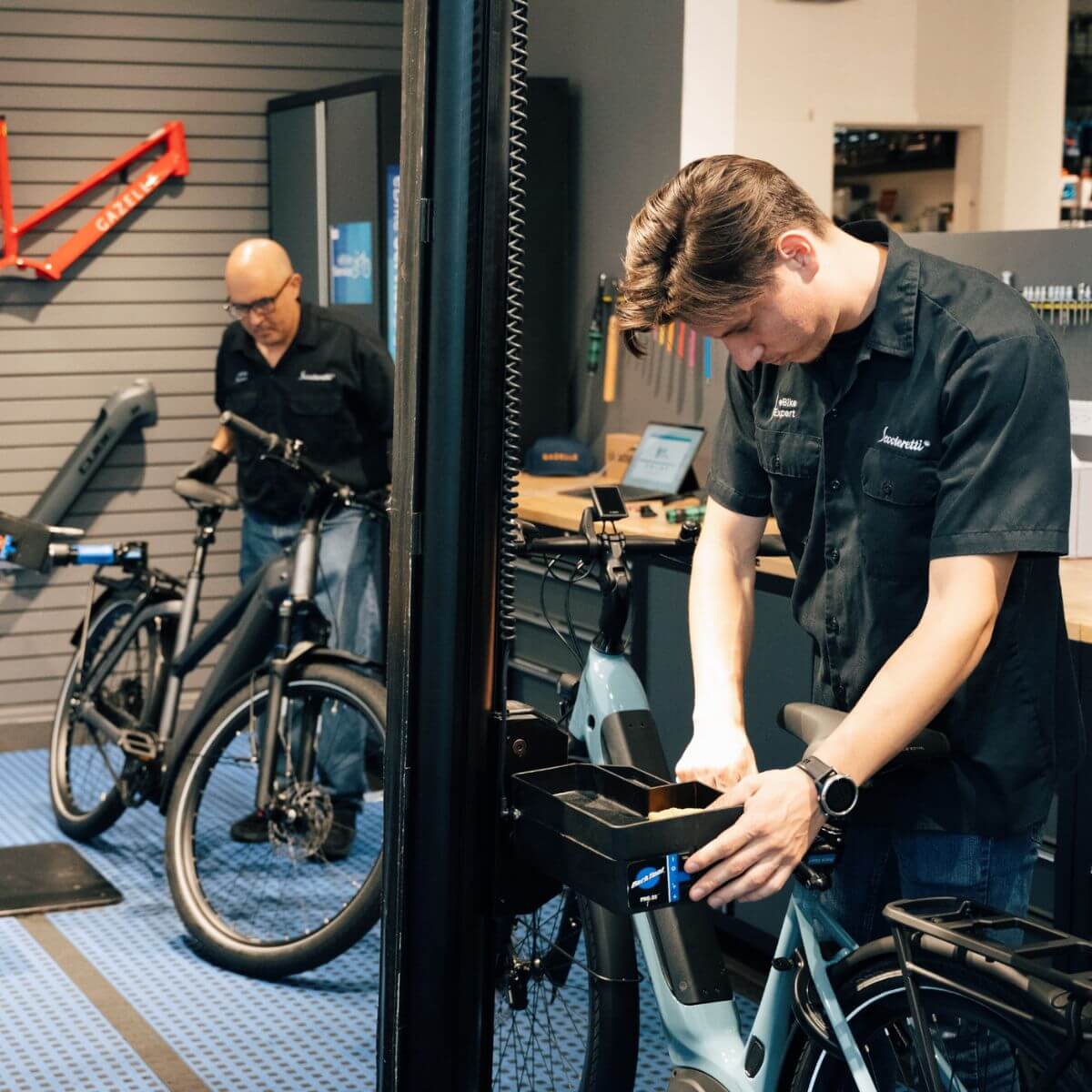
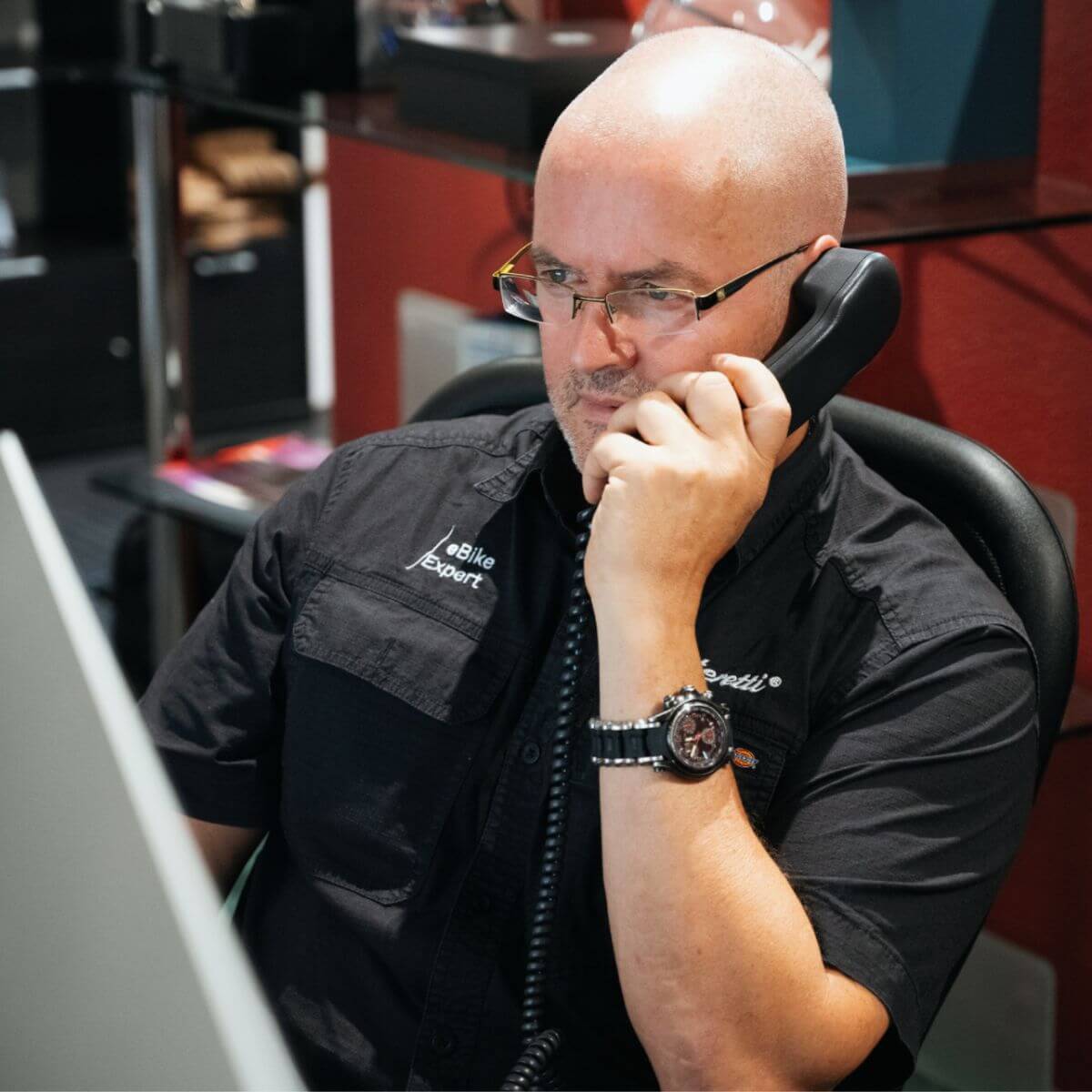
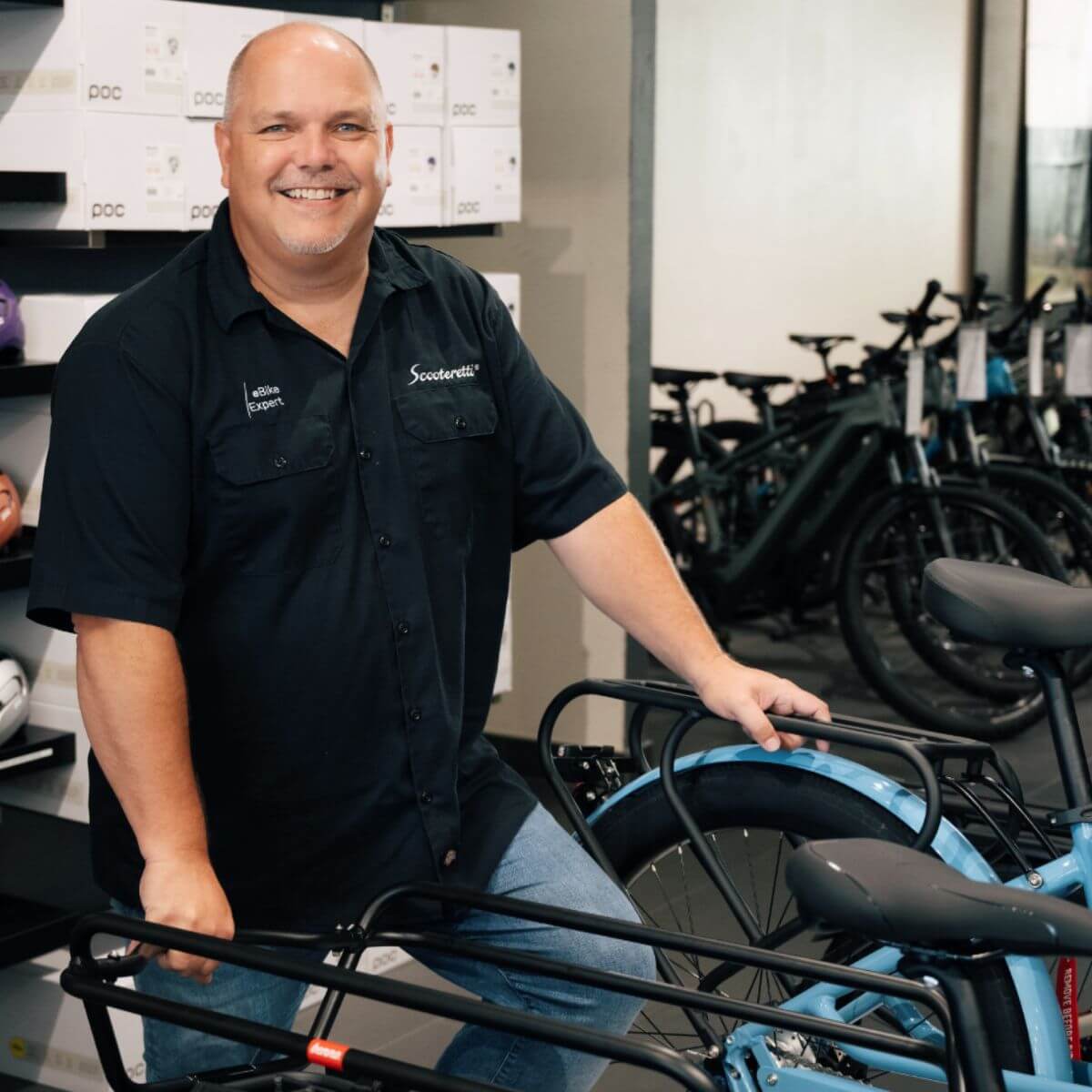









































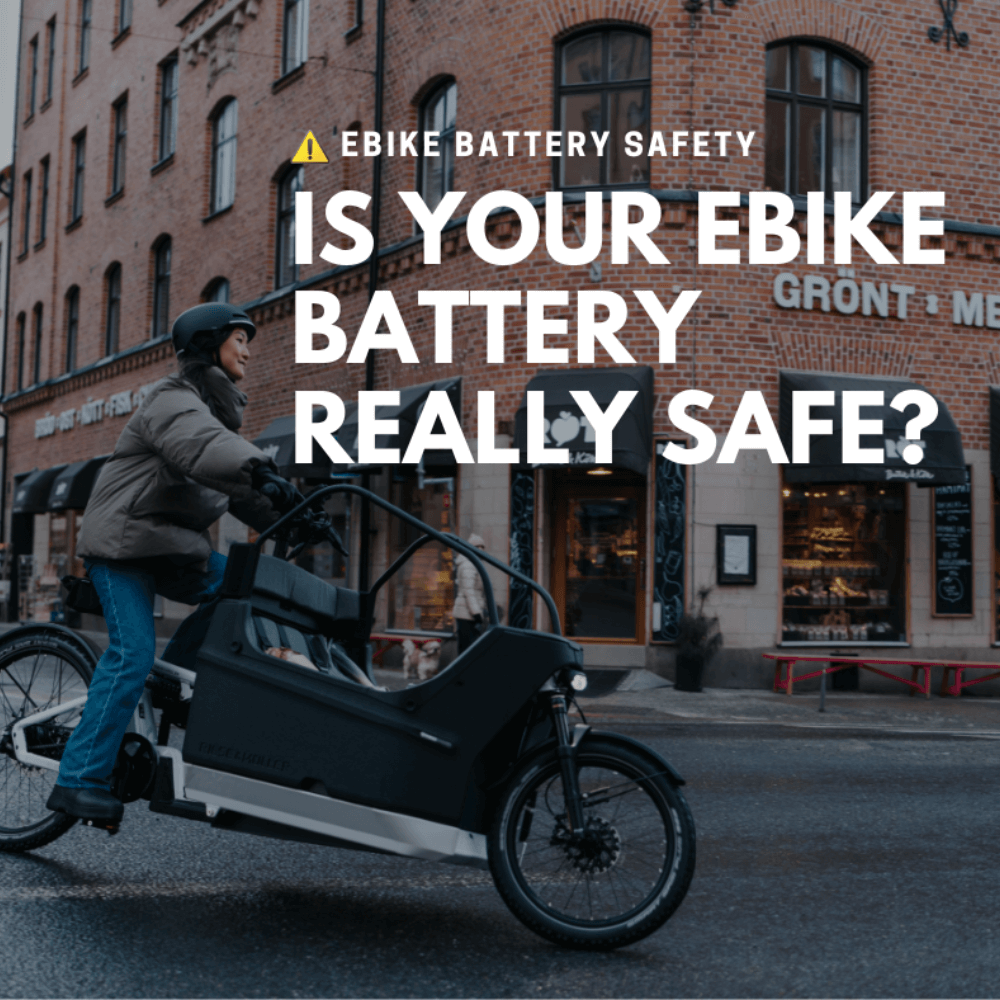


Leave a comment
All comments are moderated before being published.
This site is protected by hCaptcha and the hCaptcha Privacy Policy and Terms of Service apply.